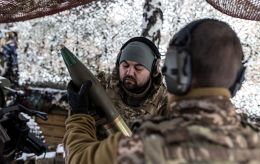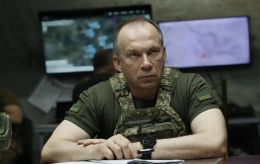How cutting-edge technologies save Ukrainian soldiers' lives on the battlefield
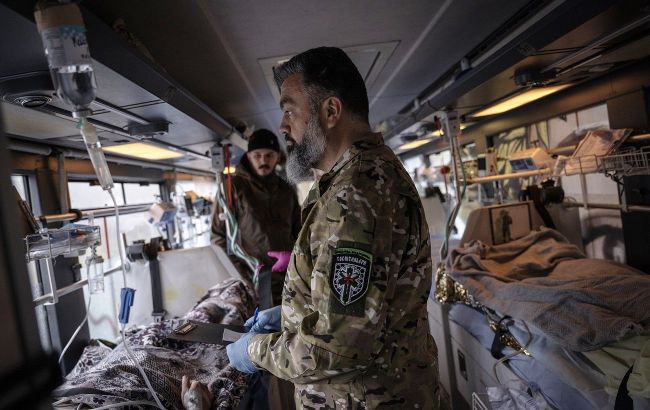 Military medics of the Ukrainian battalion Hospitallers (photo: Getty Images)
Military medics of the Ukrainian battalion Hospitallers (photo: Getty Images)
How Ukrainian military medics save the lives of soldiers on the front line and how they use modern technologies - read below.
In war, medics do double duty, saving their own lives and the lives of their comrades. The chain of a rescue operation on the battlefield begins with a message on the radio: “300! (a wounded - ed.)” Then the combat medic is sent to the rescue zone, where he and his comrades take the wounded man.
An evacuation vehicle arrives at the specified point and takes the soldier to a stabilization center. There, they assess the condition, stop the bleeding, and apply splints, preparing the soldier for transportation to a hospital, where he receives all the necessary assistance.
This is one of the most precise and responsible tasks on the battlefield, where every minute counts. Modern warfare forces military medicine to constantly improve, introducing the latest technologies to save soldiers' lives.
Rescue drones
Evacuating the wounded from the battlefield is a key task for medics. Drones such as Zipline quickly move the wounded from hard-to-reach or dangerous areas, equipped with special stretchers and stabilization equipment for safe transportation of patients. The DJI Matrice 300 and Tac Med Drone are actively used to deliver medicines and medical equipment directly to the front line.
In addition to aerial drones, ground-based unmanned vehicles are also used, such as FOXTAC, a Ukrainian-made robotic transporter that safely evacuates the wounded and delivers ammunition. The THeMIS system, developed by the Estonian company Milrem Robotics, also plays a role, including evacuation of the wounded and fire support.
The “electronics stretcher” often mentioned by medics works in conjunction with a copter, quickly delivering the injured to medical centers and minimizing the physical risk for medics, but not the emotional one.


Photo: A remotely controlled platform for evacuating soldiers developed by FoxTac (t.me/zedigital)
Vladyslav, a combat medic with a border guard brigade, says that over the three years of full-scale war, he has learned “not to get attached to people, to reject his emotions and work with a cold mind.”
“I have become less emotional and cooler. I believe that this way I can work quickly and professionally in critical situations. I also treat losses in a cool way and teach people to treat them this way, because it can affect the moral and psychological state of the fighters. Luckily, there hasn't been a soldier whom I or my crew have failed to save,” he says.
Vladyslav performs first aid tasks. He was also wounded, pulling himself out of critical condition. The man emphasizes the importance of drones for evacuation and medical delivery: “It greatly improves the logistics and speed of assistance. Using such technologies allows us to respond more quickly to the needs of the wounded, reducing the time required to transport medicines and equipment.”
Klaus, a fighter with the Rubizh Brigade, who notes a sense of responsibility in his position but does not want to share his emotional state, emphasizes the prospects of using drones.
“The concept of a stretcher drone that can move the wounded on its own looks impressive. It would allow us to exclude from the evacuation process two to four soldiers who would have to carry the wounded. Yet, in emergencies, using drones can be difficult because of the need for an instant response,” he said.
Hemostatic agents and their effectiveness
Hemostatic agents are another important element on the battlefield that can quickly stop bleeding. Among the most common products is Celox Combat Gauze, which helps to effectively stop critical bleeding on the battlefield.
Another popular product is QuikClot, which contains kaolin, a substance that accelerates blood clotting upon contact with a wound. ChitoGauze, impregnated with chitosan, is used to stop bleeding thanks to its antibacterial properties and ability to clot quickly.
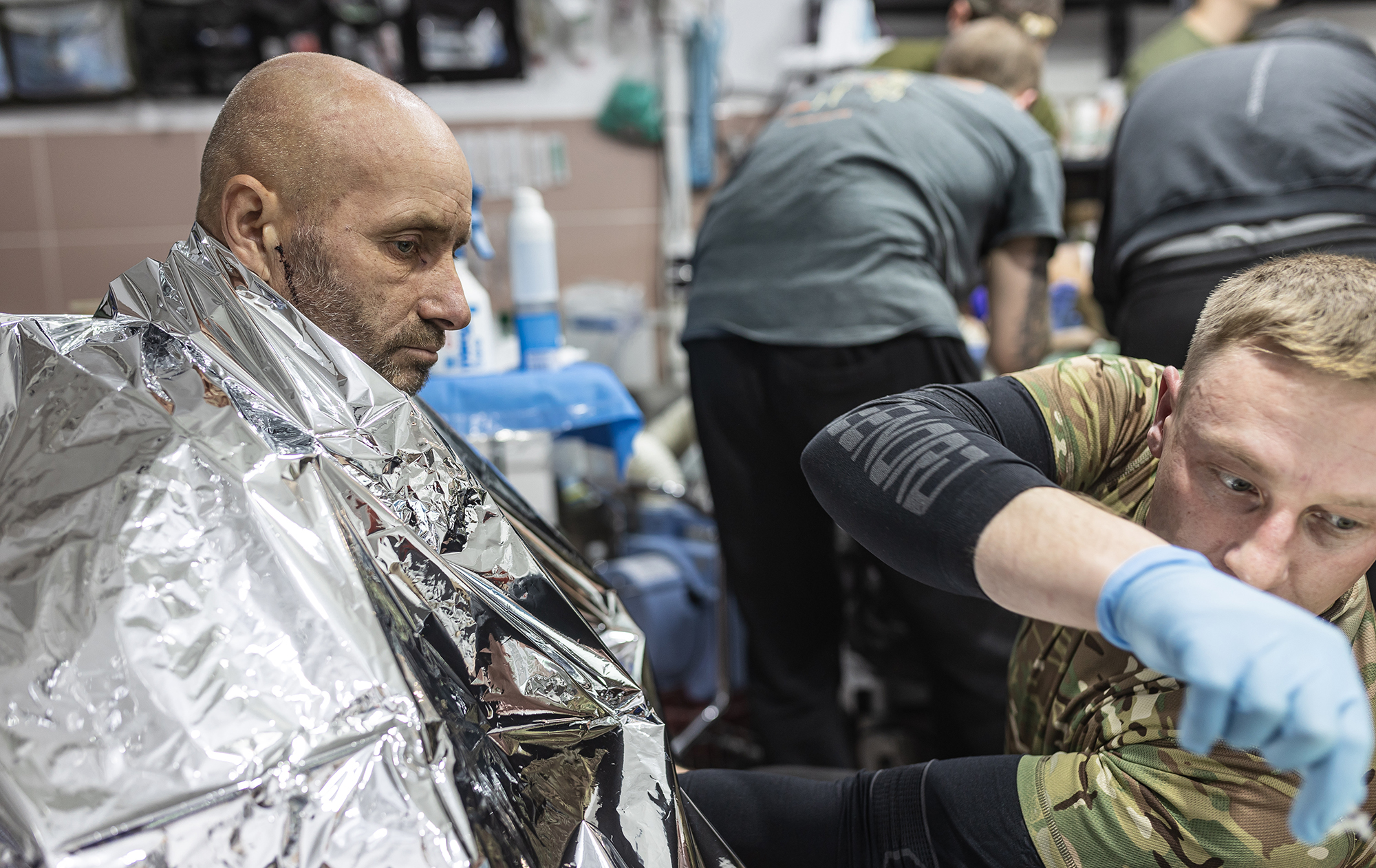
Photo: It is also important to use proven effective medicines in addition to promptly assisting wounded defenders (Getty Images)
Klaus, who was wounded in the combat zone, shared his experience of using hemostatics: “I have used Celox Combat Gauze on myself, and it really creates a blood clot quite quickly. I always carry tranexamic acid with a solvent in case of difficulties. But it is not an instantaneous agent, and it needs to be used carefully,” he explains.
Advisor to the Commander of the Medical Forces Yevheniia Slivko told RBC-Ukraine how important modern hemostatic agents are: “Hemostatic agents are key in providing first aid on the battlefield. Their proper use can significantly reduce the risk of blood loss and save lives.”
She also emphasizes that “by implementing new pre-hospital care protocols that include the use of tourniquets and hemostats, medics can respond more quickly to critical injuries, increasing the chances of survival for the wounded.”
Telemedicine on the battlefield
Today, telemedicine is a link between medics in the combat zone and rear-guard professionals. The access to satellite communication technologies, such as Starlink, allows them to receive consultations from leading specialists in the rear. The Medical Forces note that the technology allows them to maintain this connection at all stages of medical evacuation.
Images and data on the condition of the wounded can be transmitted from the front line, allowing doctors in the rear to provide accurate instructions on further actions, treatment recommendations, and even complex procedures that might not have been possible without the direct presence of a specialist.
Telemedicine systems also include video conferencing and specialized applications for consultations.
Vladyslav, a border guard brigade medic who has used such opportunities, also emphasizes their importance: “Telemedicine allows us to consult with doctors at a distance, which significantly improves decision-making in critical situations. The ability to get support from highly qualified doctors is extremely important, because every minute counts, and the right choice of treatment can save lives.”
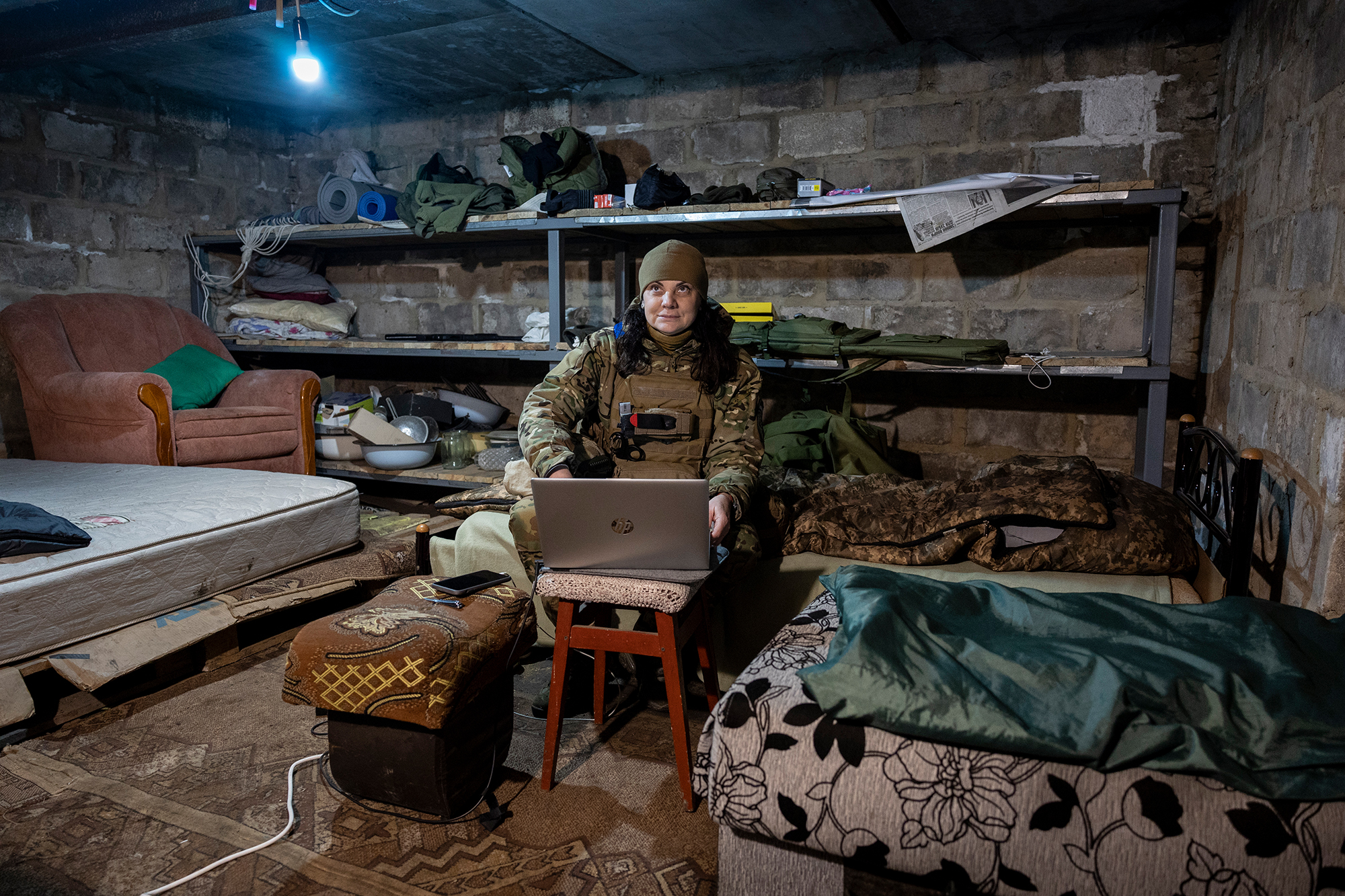
Photo: Starlink makes it possible to get advice from leading specialists in the rear (Getty Images)
Changes in military medicine
Since the beginning of the full-scale war, approaches to military medicine have changed significantly. Yevheniia Slivko explains: “TCCC (Tactical Combat Casualty Care) has made changes to the protocol for providing first aid. Evacuation with a tourniquet applied can take more than two hours, leading to serious complications such as acute irreversible limb ischemia. Changes to the principles of tourniquet conversion were necessary to reduce the risk of limb loss and other complications.”
According to her, modern methods and simulators are used to train medics for the front line. Particular attention is paid to the implementation of NATO standards for the training of military medics. Training on tourniquet syndrome is also being introduced, which covers important aspects of working with the wounded.
“The biggest challenge for all of us is the enemy, who often disregards any civilized rules of fighting. Using the latest, often prohibited types of weapons,” she emphasizes.
Ukrainian military medicine continues to improve through modern technologies such as drones, hemostatic agents, and telemedicine. The main challenge remains the enemy, who uses cruel and prohibited methods of warfare. Despite this, Ukrainian medics demonstrate professionalism and endurance every day, saving the lives of their colleagues in the most difficult conditions.
